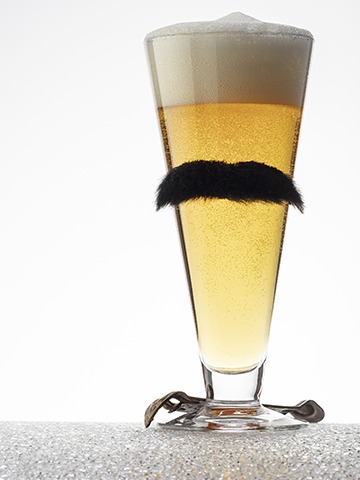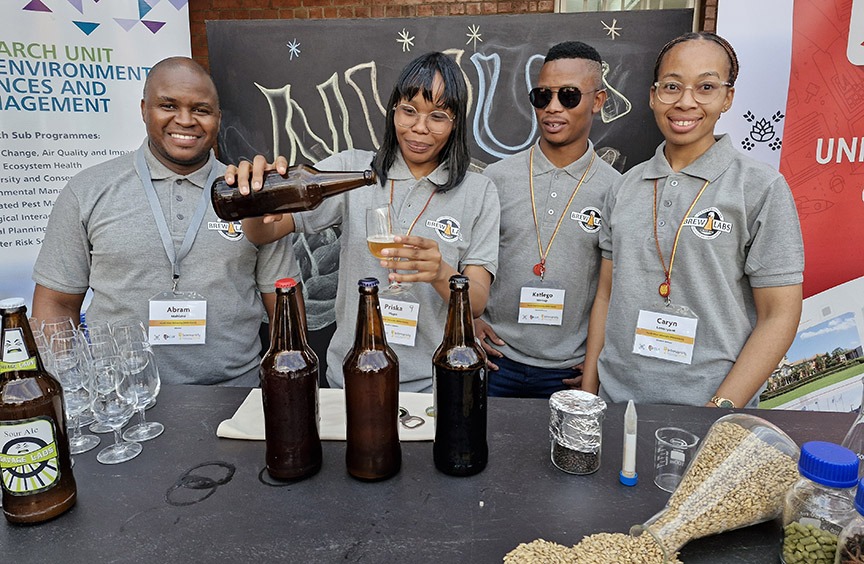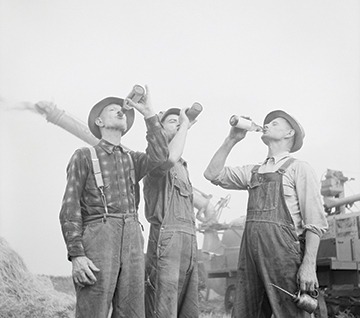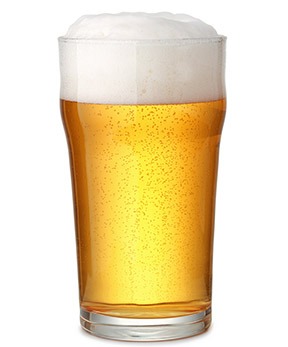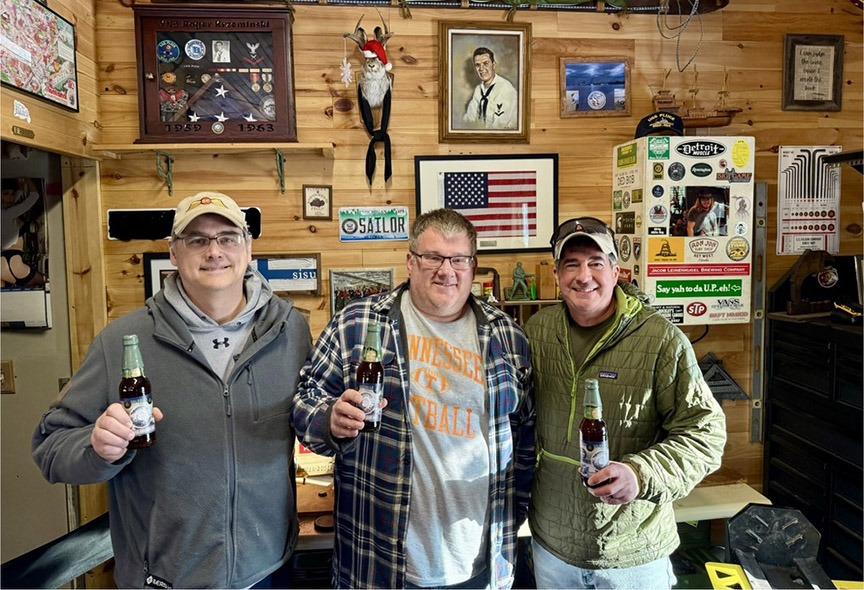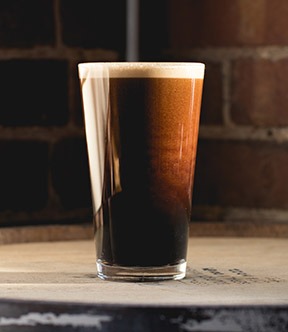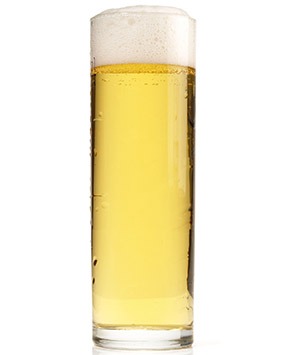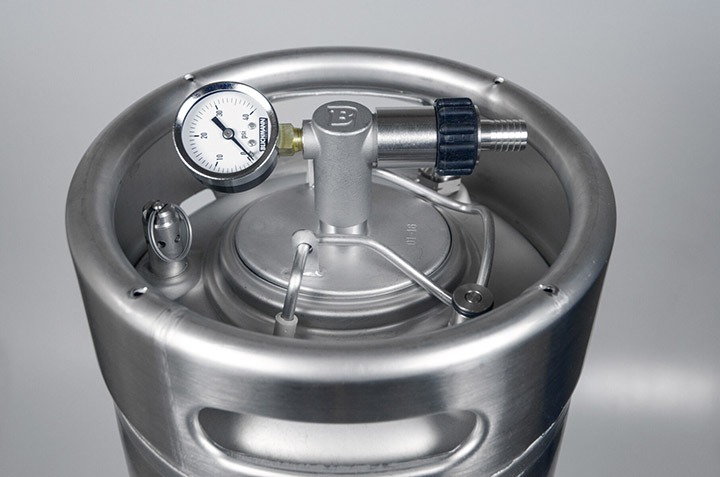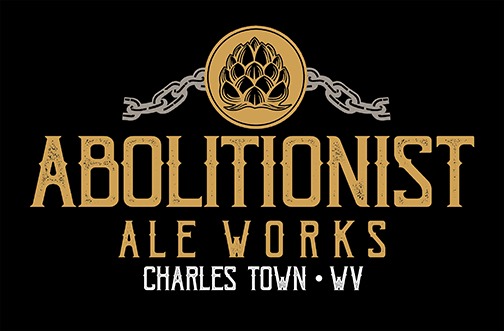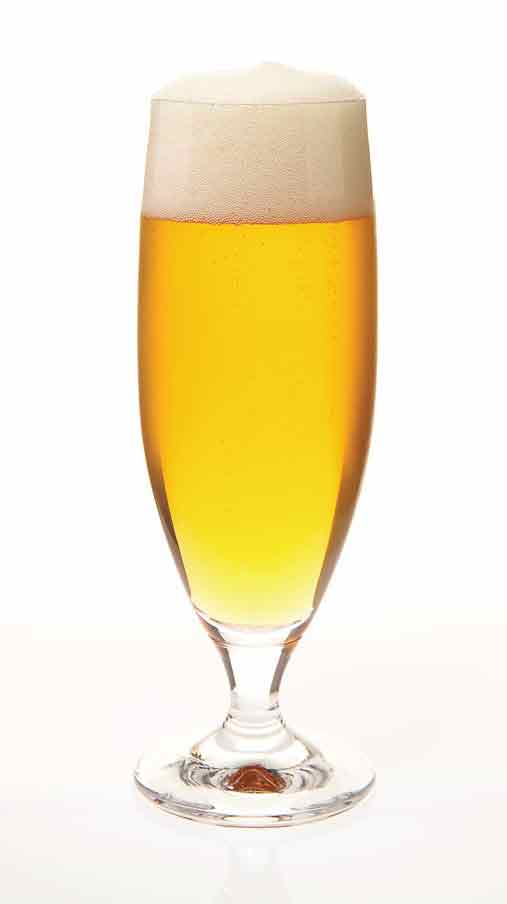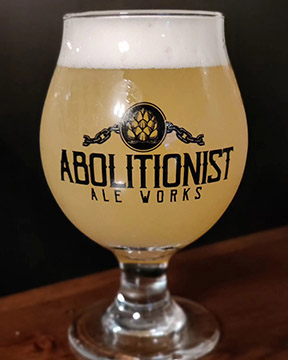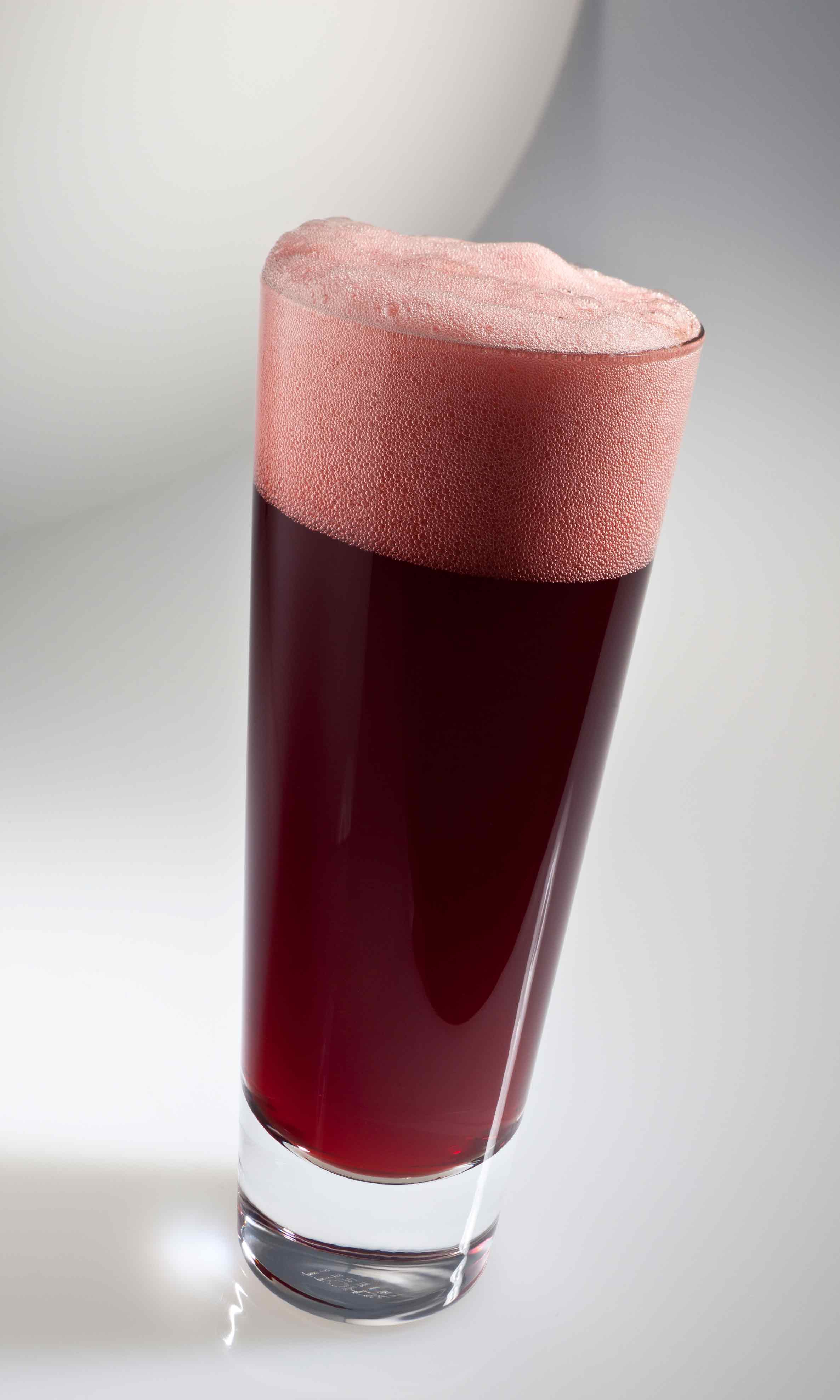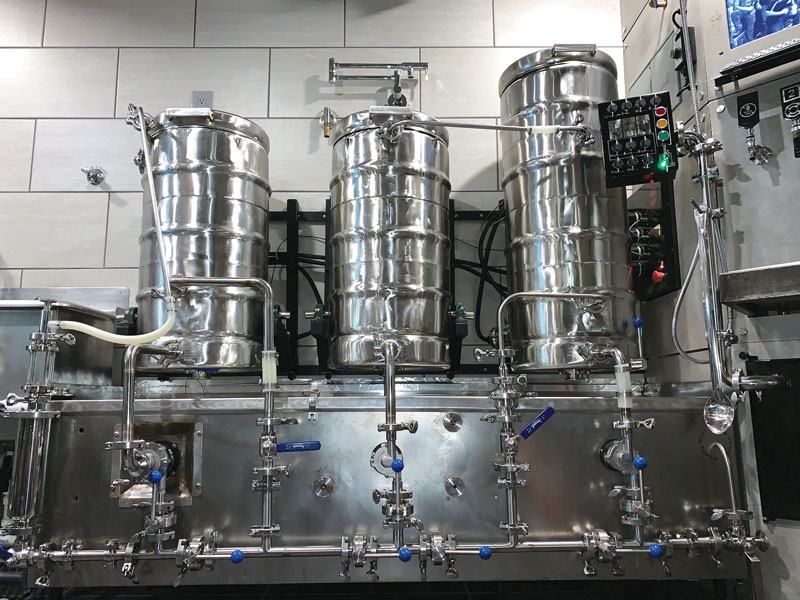May-June 2025
Article
Dad’s Homebrew
They may be the beer styles your dad drank after mowing the lawn, but that doesn’t mean they aren’t cool! American adjunct lagers (and sometimes ales) are refreshing with a simple taste profile. We provide insight into brewing a beer your dad would be proud of.
Article
Varsity Brews
Students from South African colleges and universities compete for glory and cash prizes in the annual Intervarsitybrew Brewing & Tasting Challenge. This unique event features learning experiences coupled with a competition featuring native ingredients, and is a launching pad for the region’s future brewers.
Article
Choosing the Best Yeast
Yeast selection is one of the most critical decisions in recipe formulation. Learn more about what factors should influence this decision, from key numbers to your own flavor preferences and fermentation capabilities.
Article
Brewing During Prohibition
A book published by and for a group of New England homebrewers in 1932 sheds light on the challenges homebrewers faced to brew beer during Prohibition. While the production of beer was illegal in the U.S. at the time, many breweries stayed in business by making malt extract, which creative homebrewers used to make beer. We go back in time to share how they did it.
Article
In Search of Perfect Foam
Pouring a perfect pint capped off with a great head of foam is a thing of beauty. Let’s dig into the science behind foam and how to improve your beer’s head retention.
Article
Pouring Nitro Beer, Dip Hopping & Lagering Temperatures
Watching the cascading effect of a nitro pour is a joy for nearly all beer consumers, so when a homebrewer’s nitro faucet comes up short he reaches out to the Wizard for help. Plus, follow-up dip-hopping questions and the impact of lagering at basement temperatures.
Article
Kölsch: The Delicate Beer of Cologne
Is it a lager or an ale? Actually, Kölsch is a bit of both as it is fermented with ale yeast prior to extended lagering. Learn more about this refreshing style from Cologne, Germany.
Article
Pressurized Fermentations
Fermenting under pressure can benefit certain styles where you want to suppress esters and other flavor compounds. With the assistance of a spunding valve, pressure fermentation also offers a way to naturally carbonate your homebrew. Knowing how (and when) to use this technique is key.
Article
Brewing Light American Lagers
Two pros who won gold and silver at the 2024 Great American Beer Festival for their light American lagers share their tips for brewing these delicate beers at home.
Article
Abolitionist Ale Works
The Replicator travels to West Virginia to get the story and recipe behind a unique saison with homebrew roots.
Recipe
Dad’s Cream Ale
This Cream Ale can be easily adapted to become a Kentucky common by either adding SINAMAR® or some mid-range crystal malt and black malt. It can also be made at a higher strength to give a decent approximation of a malt liquor.
Recipe
Dad’s American Lager
This American Lager recipe can be used as a starting point for many variations. Scale down the alcohol to 3.5% and reduce the bitterness to 10 IBUs to have an American light lager. Add SINAMAR® to make a dark American lager. Reduce the percentage of adjuncts from 20% to 10% and increase the bitterness to 20 IBUs to get a premium American lager. Use either all rice or all corn as adjuncts. Use all corn as adjuncts, increase the alcohol to 5.8% and the bitterness to 30 IBUs of Cluster to get a classic American Pilsner (pre-Prohibition lager). Add some tropical or New Zealand late hops to make a hop lager. Switch the yeast to Danish Lager, American Lager, or a malty German variety for a different fermentation profile.
Recipe
Malt Liquor
This Malt Liquor recipe can be adjusted to a different alcohol level, if desired. Just add or remove corn sugar first.
Recipe
Abolitionist Ale Works’ Shenandoah Saison clone
A no-boil saison from Abolitionist Ale Works in Charles Town, West Virginia.
Recipe
Gordon Strong’s Kölsch
Is it a lager or an ale? Actually, Kölsch is a bit of both as it is fermented with ale yeast prior to extended lagering.
Recipe
Chefs Tipsy Elephant
This specialty IPA features the African marula fruit — yellow stone fruits about the size of golf balls that are high in sugar, sweet, syrupy in texture, and with an almost citrus-like flavor. Marula was said to accentuate the hop character. Brewed by the 1000 Hills Chef School, it took first place in the IPA category at the 2024 Intervarsitybrew competition.
Recipe
University of Cape Town’s Wit Restraint
This low-ABV witbier was the Best of Show winner from the 2024 Intervarsitybrew competition brewed by students at the University of Cape Town and features the unique South African hop Southern Passion in addition to the coriander and orange zest witbiers are known for.
Recipe
Funky Blondy Mixed Fermentation Sour
Brewed by students from the University of Limpopo, this blonde sour beer was awarded bronze in the Intervarsitybrew competition’s sour beer category. The recipe uses a blonde ale base to express light to moderate malty aroma, possibly with a light bread or caramel note, and it also expresses low to moderate fruitiness, with medium hop aroma. Such low characters will not interfere with the sourness, acidity and funky character contributed by fermenting yeast and bacteria.
Mr. Wizard
Lagering at Cellar Temperatures
The textbook answer to a question about the traditional lagering method is that lager beers are fermented at temperatures ranging from 46–54 °F (8–12 °C), often in open fermenters, until beer is
Mr. Wizard
Dip Hopping Contact Time
Much of what is known about dip hopping comes from the brewers at Kirin Brewing who developed the method. The method adds hop pellets before fermentation where the hop matter remains in
Mr. Wizard
Pouring Beer on Nitro
When it comes to pouring stout, there is a clear gold standard to match: That’s Guinness. A brief review of a few key things known about Guinness draft stout helps troubleshooting. According



